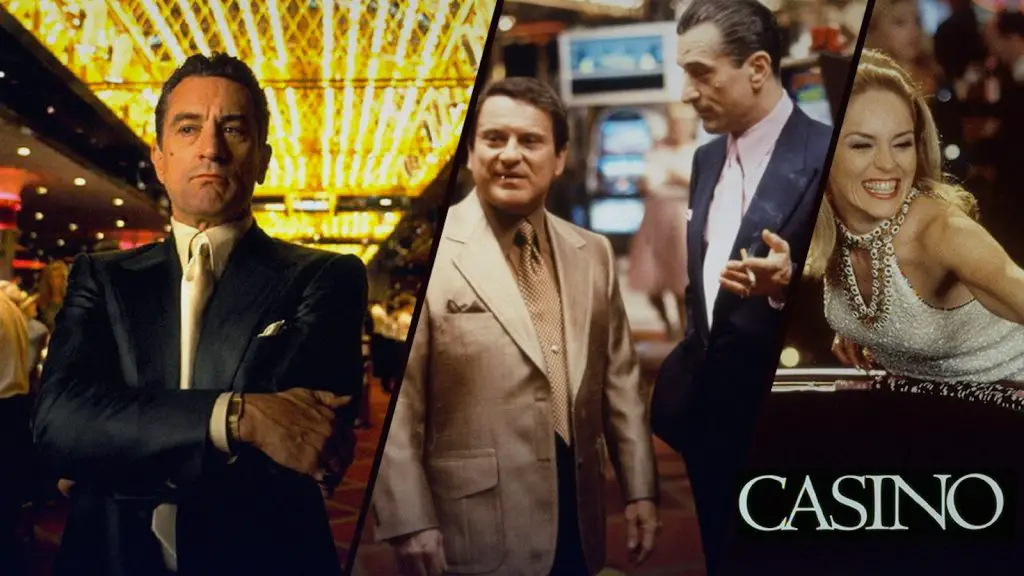
At around the twenty minute mark in George Tait’s “Destination Jamaica”, detailing his exploits as he lived abroad, he begins to share a story regarding how the locals believed a gravesite where Jamaican slaves had been buried was haunted. Interested in the legend, Tait tells us how he went to investigate the gravesite and “this journey turned out to be quite the adventure”. However, instead of sharing the rest of the story Tait plugs his memoir “The Comprehensive Jamaican Hamdbook” which goes into further detail and chooses to continue his film by recalling how sitting in the jungle bruised his backside. Beginning interesting stories and refusing to follow them up is a popular theme in “Destination Jamaica” which not only robs the story of any power but alienates the viewer. Resembling more an evening being trapped at your neighbors house as they recall a great vacation using slides and home movies than an actual film, “Destination Jamaica” is a labor of love from Tait who is able to successfully convey his affinity for Rastafarian culture and not much else.
The first third of the 85 minute film is a series of photographs taken by Tait with his narration over them. Lacking any narrative drive Tait merely provides commentary upon the images including interesting plants he saw and a handful of his friends. This segment ends abruptly with George adding that his tour was done and that Deb has to come pick him up and bring him back to Canada. What tour? Who is Deb? If he loves Jamaica so much why doesn’t he stay? All valid questions that are never given an answer. Surprisingly the documentary does not end here but switches format’s entirely.
After shifting from still shots to camcorder footage George can be seen sleeping on the floor of a hut with the accompanying narration “It all feels like a dream now, one I had a long time ago”. Instead of answering the new crop of questions this transition has provided, the film continues on in an even less engaging manner than before. The next hour is spent using video footage Tait captured and mostly comprises of long interviews with George’s good friend James Sommerville, a native of Jamaica. After a passage involving James and his relatives showing off different types of fish to the camera George reveals that one morning “All Hell” broke lose. The excitement at something of interest finally happening was quickly quelled when it was revealed “All Hell” involved footage of another farmers animals grazing on James’ farmland followed by a subdued interview with James and George who ramble about the rival farmer and then the nature of Rasta’s.
“Destination Jamaica” may be the only stream of consciousness/travelogue/ documentary in existence. Tait begins an interesting topic such as Jamaican societies distain for Rasta’s and their uses for marijuana only to cut to James wandering through what the subtitle describes as the “Herb Field” with no further commentary on this issue. James embraces being a Rasta but the political motivation behind the movement is never given any context seeing how James and George are so close. By only having his good friend speak of his religious and political beliefs for five minutes Tait is barely able to begin touching upon the Rasta’s place in Jamaica and the world. Tait mentions the poverty around him but does not follow up the comment or show any photo’s to back up the statement. Multiple times Tait can be heard off camera prompting his subjects in how they should describe things which renders the “documentary” footage somewhat suspect.
George Tait’s heart is in the right place, he wants to chronicle his exploits in a culture that would be alien to our mainstream society, but his approach is far too conversational. By using his friends and having no clear agenda for what he wants to express it loses any meaning it would have to someone not directly involved in the making of this film. As with the graveyard maybe the true meat to this story lies in his book but as far as this adaptation goes it’s best summed up as someone trying to explain a funny incident to you only to add “I guess you had to be there”.
